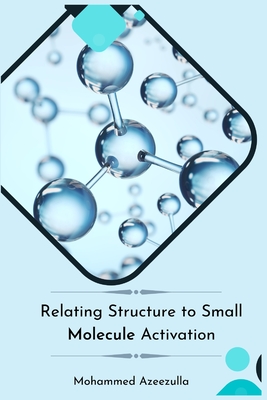You are here
Back to topRelating Structure to Small Molecule Activation (Large Print / Paperback)
Description
The study of small molecule activation has been a central focus in chemistry, biochemistry, and chemical biology. Understanding how small molecules interact with their surrounding environment and undergo chemical transformations is crucial for developing new catalysts and drugs. In recent years, researchers have made significant progress in relating the structure of catalysts and enzymes to their ability to activate small molecules. The chemical structure of a molecule determines its reactivity and the way it interacts with other molecules. Catalysts play a crucial role in activating small molecules, and their structure and composition can significantly affect their catalytic properties. For example, transition metal complexes and metalloproteins are known to be effective catalysts for a wide range of chemical reactions, and their catalytic activity depends on their coordination chemistry, ligand environment, and metal center. Enzymatic reactions, which are catalyzed by enzymes, are also an essential part of small molecule activation. Enzymes are complex protein structures that are designed to carry out specific chemical transformations with high selectivity and efficiency. The structure of enzymes, including the arrangement of their active sites and the types of amino acids present, plays a crucial role in their catalytic activity. Spectroscopic techniques such as X-ray diffraction, NMR spectroscopy, EPR spectroscopy, and mass spectrometry provide valuable insights into the structure and function of catalysts and enzymes. Crystallography is particularly useful for determining the three-dimensional structure of proteins and metal complexes, while spectroscopic techniques can be used to study the electronic and magnetic properties of molecules. Computational chemistry, including quantum mechanics, molecular dynamics, density functional theory, and ab initio calculations, has also become an indispensable tool for relating structure to small molecule activation. These methods allow researchers to simulate chemical reactions and study the electronic structure and reactivity of molecules. Overall, relating structure to small molecule activation is an important area of research that has the potential to revolutionize the development of new catalysts and drugs. By understanding the fundamental principles of chemical reactivity, researchers can design more efficient and selective catalysts and develop new drugs with improved efficacy and reduced side effects.
